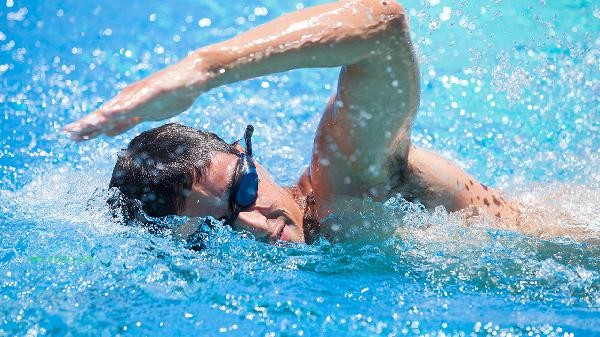The storage capacity of a swimming pool is usually between 200 tons and 2000 tons, depending on factors such as pool size, water depth, and number of users. A standard competition pool requires about 2500 tons of water, while a small family pool may only require a few dozen tons. The standard competition swimming pool is 50 meters long, 25 meters wide, and 2 meters deep, requiring 2500 tons of water by volume. This type of swimming pool has strict water quality requirements and needs to be equipped with a circulating filtration system, with an hourly processing capacity of more than one-third of the total water volume. International competition swimming pools also need to maintain a constant water temperature, and heating energy consumption is directly related to water volume. The common specifications for community public swimming pools are 25 meters by 15 meters, with an average depth of 1.5 meters and a storage capacity of approximately 560 tons. This type of swimming pool needs to consider accommodating multiple people at the same time, and the actual water injection volume may be slightly less than the theoretical value. The public swimming pool needs to replenish about 5% of the total water volume daily to compensate for evaporation, flushing losses, and the amount of water carried by tourists.

Family courtyard swimming pools are often irregularly shaped, with common sizes being circular pools with a diameter of 3-5 meters, a water depth of about 1.2 meters, and a water demand of 8-20 tons. This type of swimming pool has a high frequency of water change, and it is recommended to change some water bodies every week. The inflatable temporary swimming pool has a smaller capacity, with a 2-meter diameter circular pool requiring only about 3 tons of water, making it suitable for children to play in the water during summer. The infinity pool in hotels and resorts often requires more water due to its special design, for example, a 30 meter long infinity pool may require 800 tons of water. This type of swimming pool requires a higher standard filtration system as it is more susceptible to pollution when exposed to open environments. When calculating the water demand of a swimming pool, in addition to length, width, and height, it is also necessary to consider the impact of special structures such as steps and shallow water areas on the total volume. It is recommended to choose a swimming pool of appropriate specifications based on actual usage needs, and conduct regular water quality testing and circulating filtration to ensure swimming safety.








Comments (0)
Leave a Comment
No comments yet
Be the first to share your thoughts!